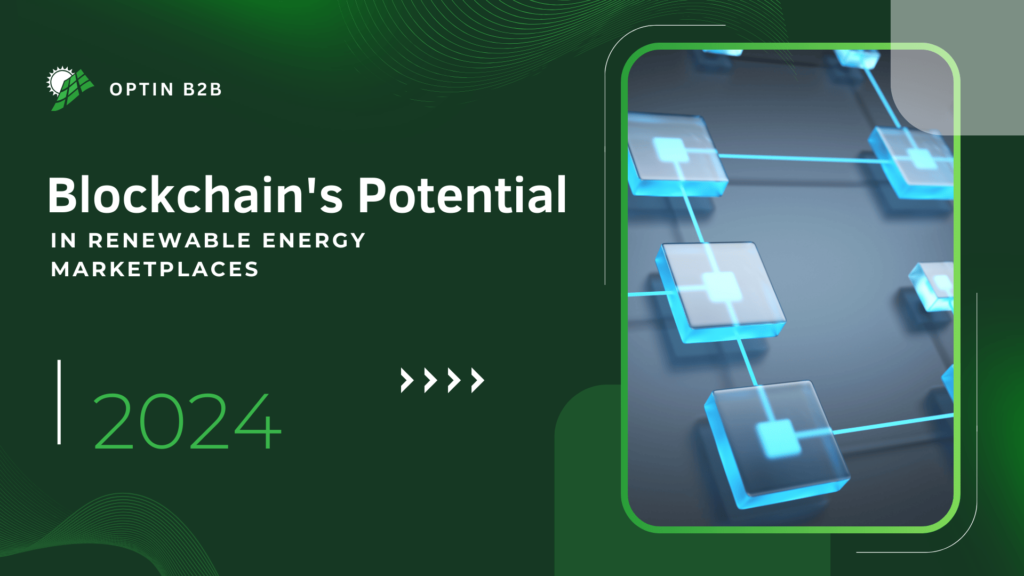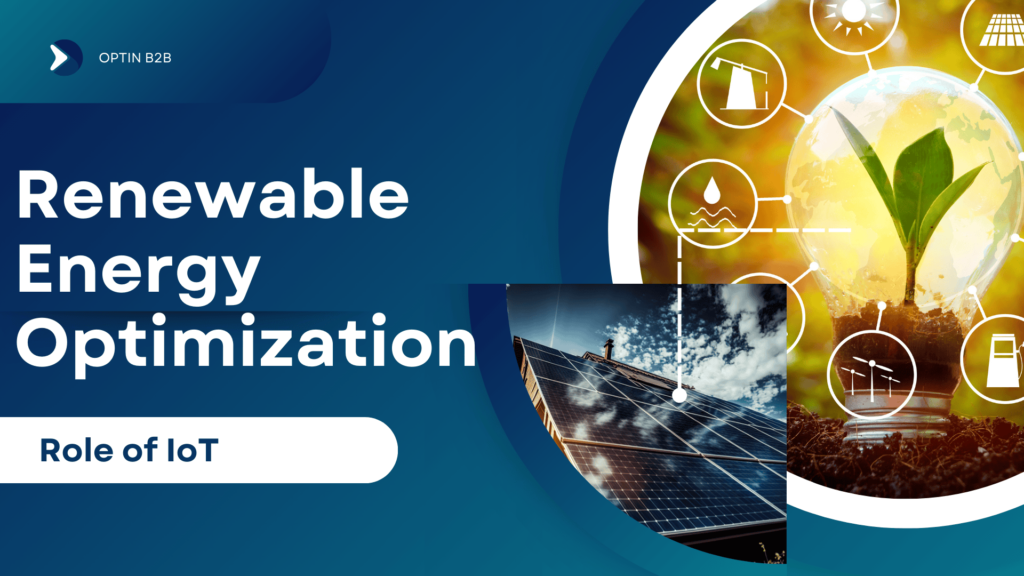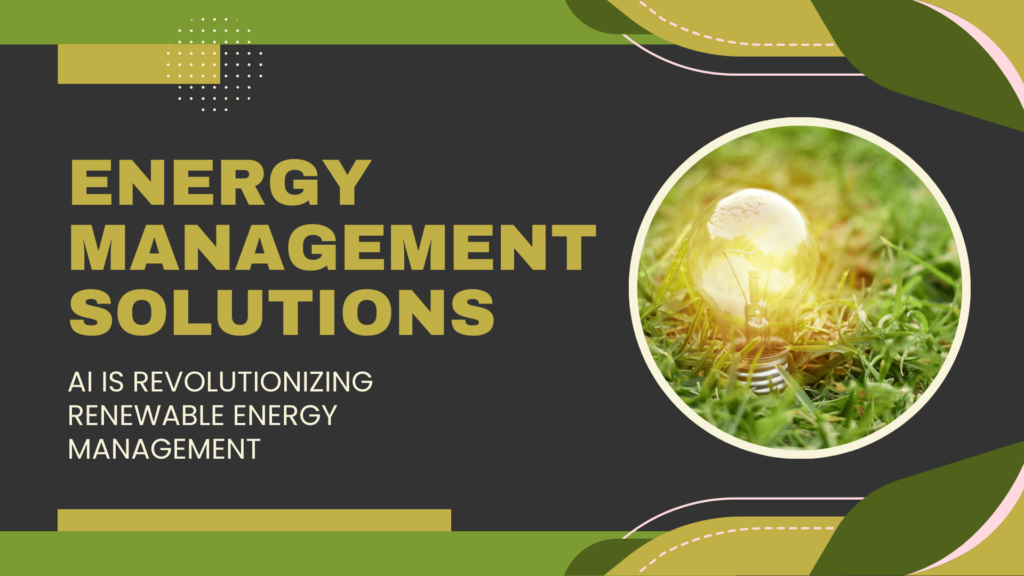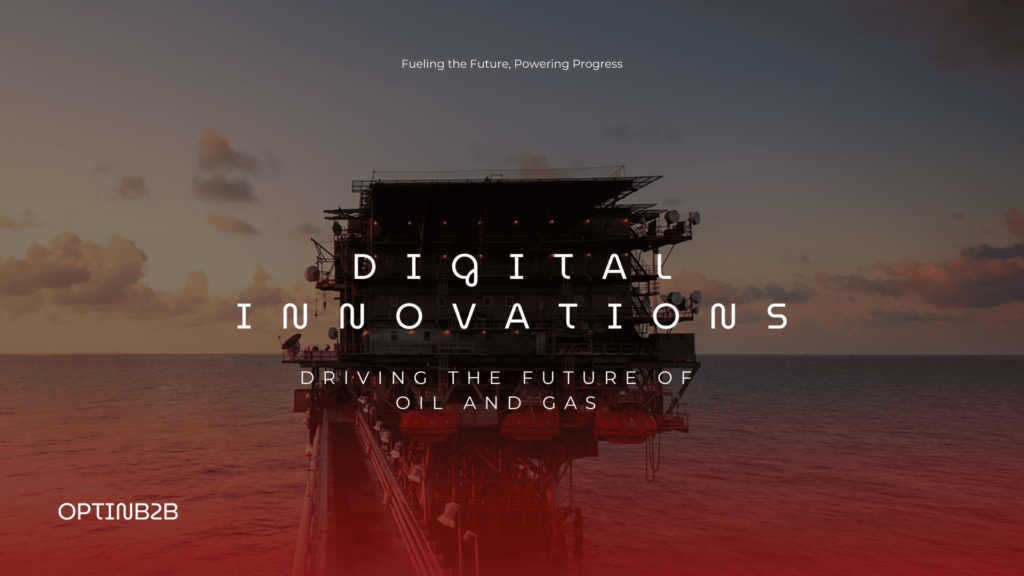Circular Economy in Renewable Energy: A Sustainable Path Forward
The concept of a circular economy is gaining traction in renewable energy, focusing on reducing waste and maximizing resource efficiency. Leading companies like Vestas are designing wind turbines with recyclable components, ensuring a sustainable lifecycle for their products. Solar energy systems are also embracing circular practices. Firms such as First Solar have implemented recycling programs to recover valuable materials like cadmium and tellurium from used panels, reducing environmental impact and lowering production costs. Battery technology, critical for renewable energy storage, is also being reimagined through a circular lens. Recycling initiatives for lithium-ion batteries are being developed by companies like Redwood Materials, recovering metals like lithium and cobalt for reuse. A circular approach is not just environmentally beneficial but also economically advantageous. By minimizing waste and reusing materials, companies can reduce costs and foster innovation. This model also aligns with global sustainability goals, attracting environmentally conscious investors and consumers. The circular economy in renewable energy represents a significant step toward a sustainable future. By rethinking production and consumption, the industry is setting a precedent for other sectors to follow.








